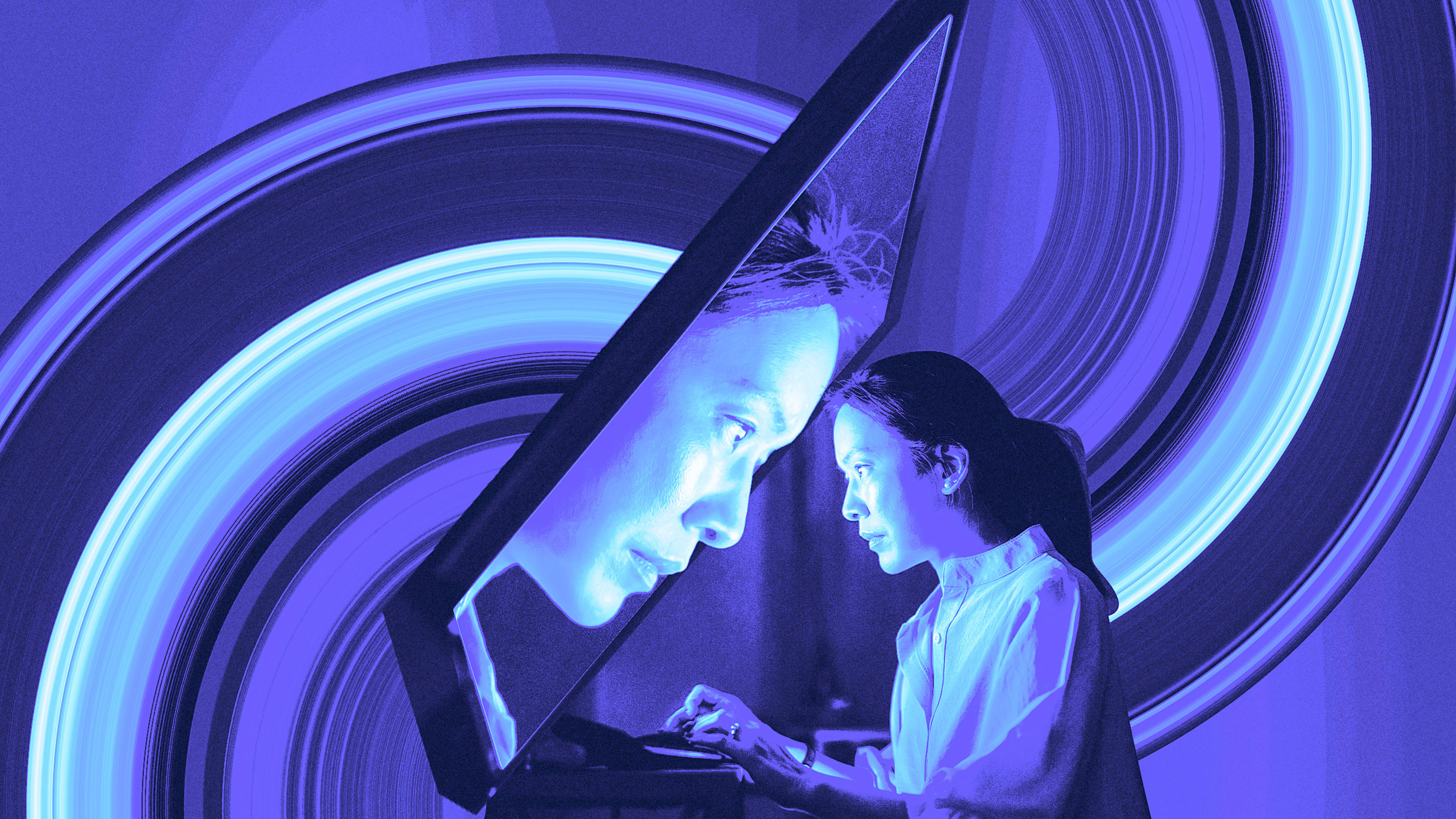Zoom fatigue is real. Especially if you’re a woman.
A new study from Stanford University shows that over 13.8% of women feel “very” to “extremely” fatigued after video conference calls, compared to 5.5% of men. So naturally, the researchers wanted to know why. The study delved deep into the numbers and found that the self-view—the little window that shows how you look on camera to others—was the leading factor for video conference exhaustion among women.
The team reached these findings based on two groups of data, according to Jeff Hancock, founding director of the Stanford Social Media Lab and an author of the study. They created a Zoom Fatigue scale, in which 10,000 respondents answered video conferencing questions, including questions related to what Hancock calls “mirror anxiety”—stress you feel from that little self-view window. Questions included: “How concerned are you with your appearance?” and “How distracted are you by the mirror?” The team found that women reported greater mirror anxiety than men. Mirror anxiety increased Zoom fatigue overall within that demographic.
Since the team felt that self-reported data could lead to bias because respondents could infer qualities in themselves that may not be true, they then conducted a secondary test to see if the results stacked up. Using an open-ended question, they asked people to write about their general experience using video conference platforms. They had a hidden agenda: They wanted to analyze respondent’s pronoun use. According to Hancock, research has shown that people who use first-person pronouns like “I” and “me” are more self-focused. Those who use pronouns like “we” and “they” put their focus on others. They found that “women used more first-person singular when talking about Zoom and that correlated with how fatigued they felt,” says Hancock. The language data matched their self-reported findings.
So why does the self-view window lead to more mirror anxiety among women? It has to do with where we place our attention. Hancock pointed to a few studies that led his team to look into the effects of these digital mirrors. The studies show that women are more prone to prolonged self-focus, and are distracted or triggered by physical mirrors, according to Hancock. Generally speaking, prolonged self-focus can also lead to negative psychological effects like depression and anxiety. That doesn’t mean women are more self-absorbed. It’s “pretty well established that Western society has put physical appearance as more important for women,” Hancock says. Sadly, it shows how there’s always been undue societal pressure on how women look and act, and a year into the pandemic, this is just another way we’re feeling it.
There are some possible design fixes, according to Hancock, who notes that the problem is not Zoom-specific. Hancock says that his team has been in contact with Zoom and Microsoft Teams, which also has a mirror view, though Teams’ is comparatively smaller. “Our recommendation in all of these is we have to rethink the self-view as a default,” says Hancock. Video conference platforms could start with a visible self-view, then let it fade, or go opaque, and reappear as needed. The self-view could even just be smaller than it currently is on Zoom.
It also shows that while video conference platforms try to mimic real life, they are not a true reflection of reality. “Given the fact that the Zoom interface and most video platforms by default [use] a digital mirror, this is a huge difference from our usual face-to-face,” says Hancock. “It’s like having a mirror sitting beside the other person’s head. It’s crazy. We were worried that much like physical mirrors, digital mirrors could have a much more negative affect on women than on men with prolonged exposure.” Turns out, they were right.
Recognize your brand’s excellence by applying to this year’s Brands That Matter Awards before the final deadline, June 7.
Sign up for Brands That Matter notifications here.
